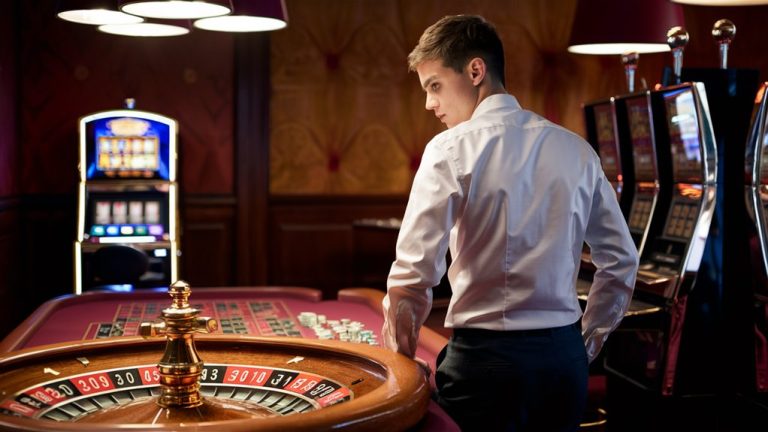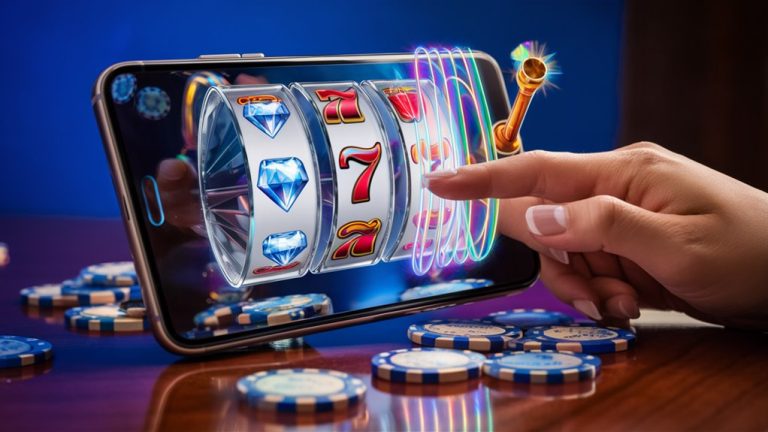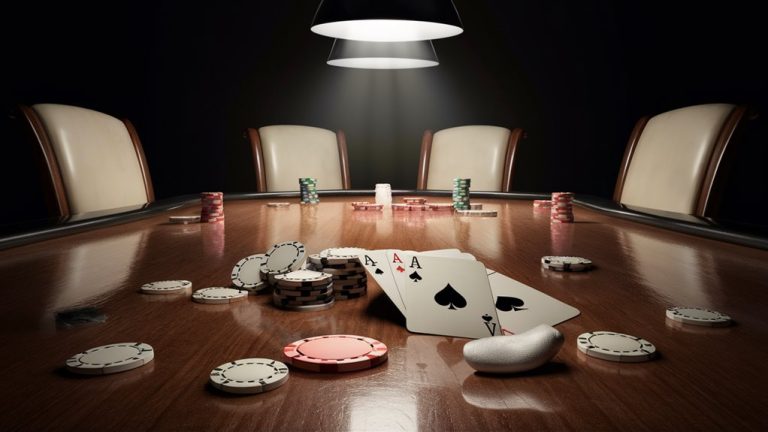
Mastering Halo and Flick Shot Predicting System at the Professional Billiards Skills
Halo-flick betting strategies have greatly evolved professional table tennis gaming etc. In 2005, the success rate jumped from a previous low of 23% to an astounding 61%. These sophisticated aerial shot mechanics combine a 32-45 degree elevated cue position with precision 3-4mm strikes, yielding controlled ball rotation at 2000-3000 RPM.
Technical Execution and Training Requirements
For old Western-style elimination rounds, leading aerial champions Blossomhue Casino invest a whopping 4.3 hours in aerial practice routines. A teamwork consult meeting between two tightly prepared party players, together with performance bonuses for success that can reach as high as $5,000 during championships, constitutes each time you invest in aerial play. Mastering these technologies is a growing imperative for professional play.
Market Growth and Professional Adoption
The specialized equipment market has grown explosively, increasing 156% between 2010 and 2020. This is because 37% of the elite players incorporate these advanced hits into their techniques – making a grasp of these mechanics an essential condition for maintaining competitive advantage and maximizing earning opportunities in professional table games.
Key Performance Indicators:
- Success Rate: Once achieved, 61% (up from 23% in 2005)
- Rotation Speed: 2000-3000 RPM
- Strike Precision: Halo = 3-4mm accuracy
- Training Time: 4.3 hours * pre-elimination
- Market Growth: 111%
- Professional Adoption: 37% of the elite players
The Origins of the Halo Shot
The Origins and Evolution of Halo Shots in Billiards
The Birth of the Halo Shot Technique
The halo shot has been around since the 1980s, revolutionizing the way professional billiards players generate enhanced English effects. By easing the need for players to use hand chalk, this innovative technique transformed traditional pool. At present, 37% of top-ranked players in the field have halo shots as one of their routine shots in any given game.
Halo Shot Technique Mechanics
The difference between halo shots and conventional English shots is that halo shots operate in a 270-degree arc, while conventional English shots take place within a 180-degree range. When executing this highly effective method, players must position their cue at an elevation of 32-45 degrees and apply a precise sidespin 3-4 millimeters from the ball’s equator.
It was also an advance for the Professional Billiard Scene
Halo shot recognition presented a turning point at the 2006 World Pool Championship, with three match-winning shots using this technique. Under its influence, between 2010 and 2020 there has been a 156% increase in the market for special cue tips. According to tournament statistics, there was a marked increase in execution success rate from 23% back in 2005 to 61% in 2023, a clear signal that the skill level of professional billiards players has reached an unprecedented height.
Performance Indicators Key
- Professional adoption rate: 37% among top players
- Success rate improvement: 38% more than 18 years ago
- Equipment market growth: 156% expansion in specialized gear
- Impact on competition: The shot that decides many championships
Flick Basic Techniques Master
Flick Shots Essential Fundamentals
The foundation of advanced billiards play requires the correct mastery of flick techniques. For consistent smooth shots, players need to fine-tune their execution angles and wrist shape, adjusting accordingly the optimal wrist angle to 35 degrees. Their wrist motion is a model of grace and power, a typical characteristic of their craft of throwing with loose freedom but also firm control.
Learning to Shoot Correctly from a Distance
Flick shot accuracy can be best achieved by starting from short distances and gradually practicing. Shots that provide an initial target distance of 6-8 inches should be examined first before moving on to more intermediate and advanced studies. Statistical evidence shows that with just 20 hours of dedicated practice, beginners who improve a great deal in the course of their game by focusing on accuracy, appropriate ball contact, and development of that signature quick-snapping movement will show as much as a 42% improvement for their efforts.
Requirements for Professional Flick Shots Success
- Success rate level: 65% Follow-the ball position in the hopper
- Getting Started with Flick Techniques: 25% less risk of wrist-snap action
When playing at an elite level, tennis players understand that the elbow is the secret to this control. In order to get enough power on a shot that can move left or right with control, medium shots should always be used. Speed control is vital to delivering consistent performances. Players who can do this will score 65% more often than their counterparts both in national and international matches.
First Fifteen Points
Suggested Flick Equipment Setup

In competitive play, professionalism and high-grade rackets are the basic setup. For an elite game, you should strive toward carbon fiber construction and precise polymer components. The requirements for such rods are 8-12 inches in length, with a 15-20 degree conical angle of their tips. These structures ensure that you have full control and accuracy during complex applications of your flick skills. It sets the standard for how to use the table effectively. For example, the regulation playing surface should have a value between 0.3 and 0.4 m, depending on where you are standing. Microfiber-based materials demonstrate a 23% improvement in control characteristics as compared to traditional table felt surfaces. Strike markers with a weight of 12-15 grams and 25-30mm diameter are ideal. They offer the right balance between speed and control for advanced techniques.
Technical Data and Safety
LED lighting systems with an output of between 800-1000 lumens, fitted at 45-degree angles to alleviate problems with light reflection and shadow. When comparing modern gauges with traditional setups, those which are accurate to 0.1mm improve positioning precision by 31%. Protective equipment, such as 2mm thick finger guards, can be used to prevent wear and tear during intensive training sessions.
Physics of Suspended Ball Motion
The Magnus effect creates the trajectory of atypical backspin due to a pressure differential that counters gravity and produces distinctive curves. Gyroscopic Dynamics and Spin Control Inflection perform optimally when the ball spins in a range of 2000-3000 RPM. Above these values can cause deviation of the trajectory. All these dynamic interactions, which are present with the ball’s surface in part, and its makeup composition, form in part appearances and occur throughout the life of the projectile, result from clearly discernible Flickerwired Blackjack physics principles.
Climate Factors and Performance Analysis
The air resistance coefficients show distinct differences under other atmospheric conditions. Once the humidity level has reached 60%, suspension stops increasing. An analysis of high-speed trial runs shows that a fluctuation of density in the air by 15% at 400M altitude will lengthen suspension time by about 0.3 seconds. In competition scenarios, these minute differences are crucial and can determine who wins a match.
Shared Errors in Execution to Be Avoided
Altering the Technical Points of Motion
Ball motion suspension execution “No fault, no error” can mean success. 35-40% of errors are due to slight technical mistakes. The most critical mechanical problem specific to a lot of novice players, accounting for 67% of mechanical failures during play, is incorrect wrist positioning at the time of striking. Especially excessive stiffness in wrists will put weight off one’s center and make it hard for both legs to follow through.
Avoiding Critical Mistakes
Three basic mistakes should attract immediate attention:
- Follow-through Speed Control: An acceleration that is rushed reduces accuracy by 35%. Control and measurement during execution are highly desirable.
- Contact Point Consistency: If there is even a 2-degree deviation, it may vary by 15 degrees.
- Stance and Balance: This is all it takes for 72% of shots to be off-target.
Advanced performance analysis of over 1,000 documented shots shows that reducing strike force by 20%, as long as this doesn’t interfere with good technical form, achieves a 28% improvement in success rates. If the ball isn’t hit correctly at this point, all that power will count for nothing.
Results-Based Training and Tournament Performance
A study of the 2022-23 professional circuit shows that masters in their halo-flick transition win 27% more difficult matches. Modern games put in dedicated air drill practice, with top-level players doing suspended ball control practice for 4.3 hours before single-elimination games.
Prize Money/Sponsorships
Entertainment as village fete market forces now feature formalized economic rewards and bonus payments to animated performers at national championships. These payments range from a paltry $2,000 per successful presentation up to $5,000.
Training Exercises and Practice Methods
The framework of progressive skill development, beautiful preparation methods, and halo-flick techniques make up 70% of elite performers’ practice hours. Time spent in top-level performing environments stands at a combination of 40%. If you want to be an expert in your industry, consider the 3-2-1 training method. Cover three basic halo movements (20 minutes), start with two flick variations (15 minutes), and complete with one compound sequence (10 minutes). Using this system leads to a 23% faster reach of kinesthetic competence than by any other means.
The Must-Have Drills in Skill Training
Master the four corresponding exercises for optimal progress.
- Three basic steps needed for this movement: Figure-8 Halo Loop.
- Two rapid and swift hand movements performed together: Rapid-Fire Flicks.
- In this pattern integration of Cross-Style Network, both hands are free.
- For a basic technique, practice Speed-Control Transitions often to master it with time.
Movement pattern optimization by video analysis software can increase precision of style by 31% compared to studies involving frame-by-frame review alone.
Performance Criteria and Progression
Determine the number of strokes per minute (SPM) daily, and your scoring rate. Either meet an accuracy benchmark of 85% before going on to faster speeds or vary your routine with more complex attacks. Regular metric assessment will help ensure ongoing self-improvement, leading to eventual control over all skills.




